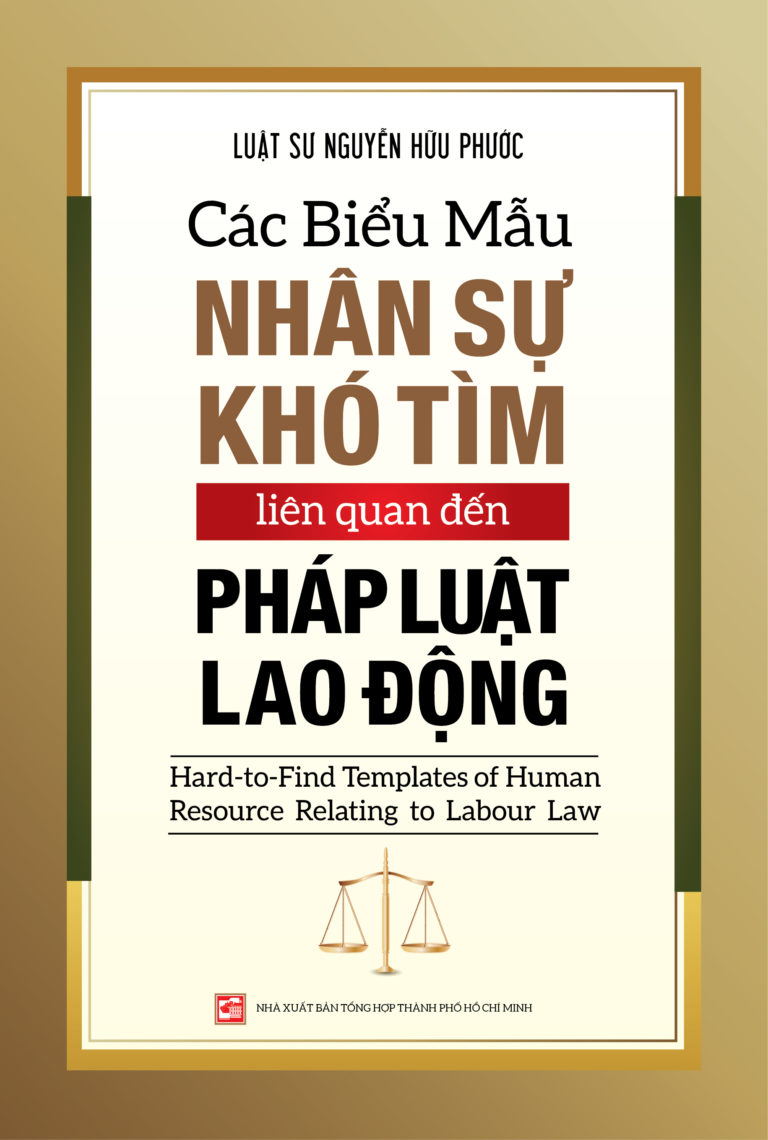Inadequacies In Compensation For Non-Contractual Damages
The Civil Code 2015 amended articles concerning compensation for non-contractual damages in comparison to the Civil Code 2005. However, the Civil Code 2015 has still inadequacies in compensation for non-contractual damages from a theoretical and practical point of view. The following article will introduce the inadequacies in compensation for non-contractual damages.
Under the Civil Code 2015 and its directive, the grounds giving rise to liability for compensation for non-contractual damages shall be full of the following elements: (i) There must be an illegal act; (ii) There must be damages occurred, including physical damages and mental damages; (iii) There must be a causal relationship between the occurred damages and the illegal act; and (iv) There is an intentional fault or a negligent fault of the defendant[1]. The Civil Code 2015 has suppressed the provision of the fault of the defendant and has not continued omitting the provision of the illegal act. In the circumstance of the legislation, we can understand that the defendant is tacitly presumed his fault and is not limited his liability within the illegal act. If the defendant wants to get rid of the liability for compensation for damages, he/she will prove the occurred damages due to the entire fault of the aggrieved person or the event force majeure.
One of the inadequacies in compensation for non-contractual damages is that the grounds giving rise to the liability for compensation for non-contractual damages under the Civil Code 2005 and the Resolution 03/2006/NQ-HĐTP are still applied practically although the effect of the Civil Code 2005 is terminated. The practical application of law as stated leads to the defendant to be difficult to be in favor of the principle of damages compensation which the actual damage must be compensated in full and promptly because the aggrieved person shall prove the defendant’s fault and illegal act when claiming compensation for damages.
The definition of the defendant’s economic capacity in the case of decreasing in the compensatory damages due to the defendant’s no-fault or negligent fault is one of the inadequacies in compensation for non-contractual damages. Up to now, the Civil Code 2015 has not provided the grounds of the economic capacity of a person, furthermore, there is no other legislation to define this issue. Therefore, decreasing in the amount of compensation for damages depends on the evaluation, opinion, and judge of a court. The evaluation and opinion which is subjective, inadequate, or inaccurate will cause either the aggrieved person or the defendant disadvantages.
The provision of healthy damage also contributes a part to the inadequacies in compensation for non-contractual damages in the Civil Code 2015. Although this Code has a provision of other damages as defined by law to find out damages due to heath harmed, the support for the dependant of the aggrieved person has not been stated as one of the damages due to health harmed. Therefore, if the aggrieved person in this case completely disables support for his/her dependant, he/she has no particular legal ground to claim compensatory damages.
The last issue in the inadequacies in compensation for non-contractual damages is the determination of the fault of the aggrieved party if such the party is also at fault. According to the principle of compensation for non-contractual damages, when the aggrieved party is at fault for causing damage, it is not entitled to claim compensation for damages caused by himself/herself. Thus, it is necessary to determine the extent and fault rate of the aggrieved party to calculate the corresponding compensation of the defendant. But in fact, there is no legal ground of determination of the fault level and rate of the aggrieved party. In addition, the Civil Code 2015 does not define the fault of the aggrieved person. Specifically, the intentional fault in civil liability (in general) has one of the characteristics of causing damage to others. Thus, if the general definition of fault is applied, the aggrieved party’s fault can be presumed to be a negligent fault. However, the liability for compensation for non-contractual damages caused by a source of extreme danger is stipulated that the intentional fault of the aggrieved person is one of the grounds for releasing the liability of the defendant. This makes it difficult for the party responsible to indemnify to prove the aggrieved party’s intentional fault, especially in cases where the damage was caused entirely by the negligent fault (such as carelessness) of the aggrieved party.
The above is an overview of the inadequacies in compensation for non-contractual damages. If you have trouble with legal issues regarding the inadequacies in compensation for non-contractual damages, please contact us: Phuoc & Partners is a professional consulting firm established in Vietnam which currently has nearly 100 members working in three offices in Ho Chi Minh City, Hanoi and Danang. Phuoc & Partners. It is rated as one of the leading consulting firms specializing in business law in Vietnam that has leading practice areas in the legal market such as Labour and Employment, Taxation, Merger and acquisition, Litigation. We are confident in providing customers with optimal and effective service.
[1] Section I.1.1 of Resolution 03/2006/NQ-HĐTP










